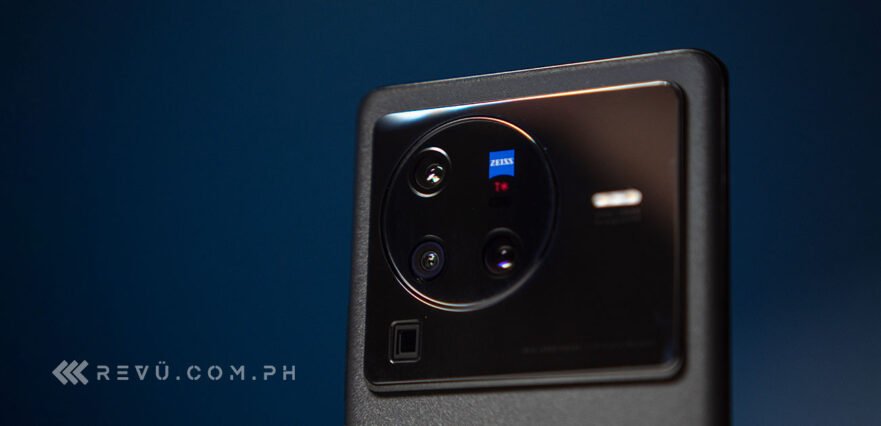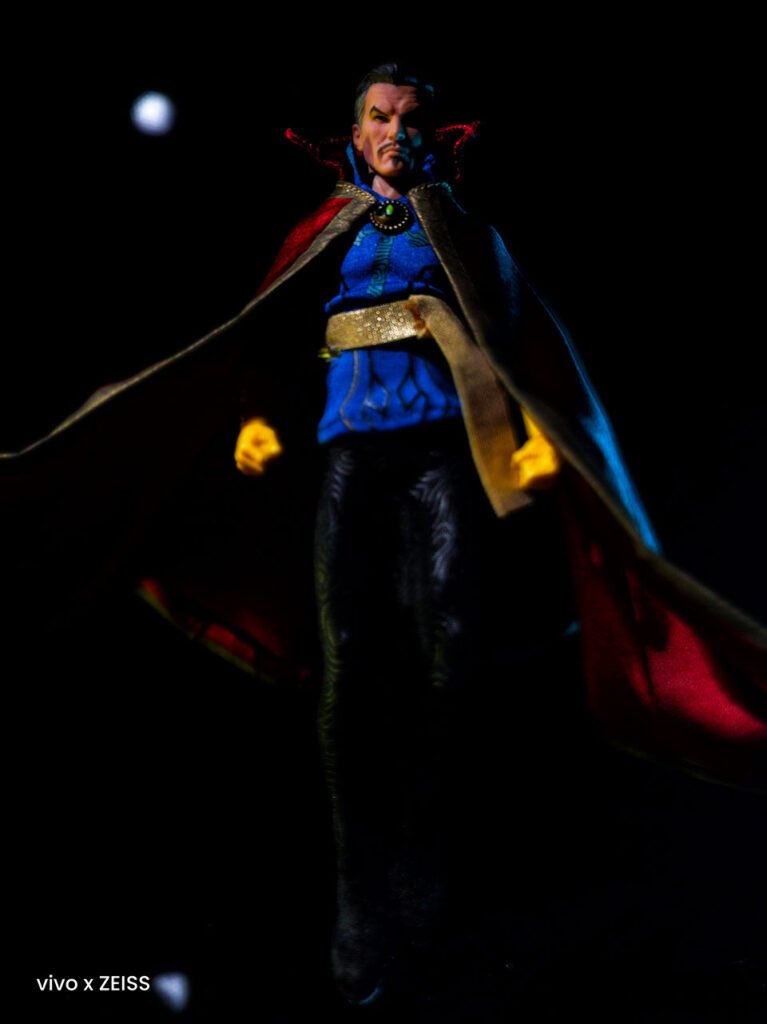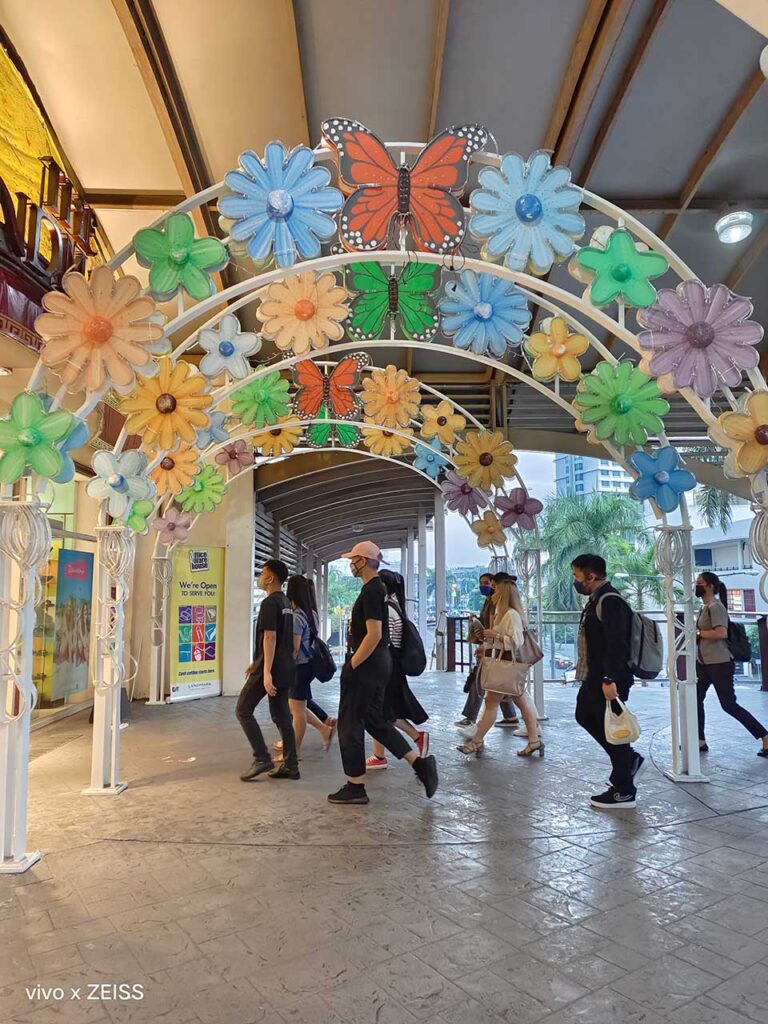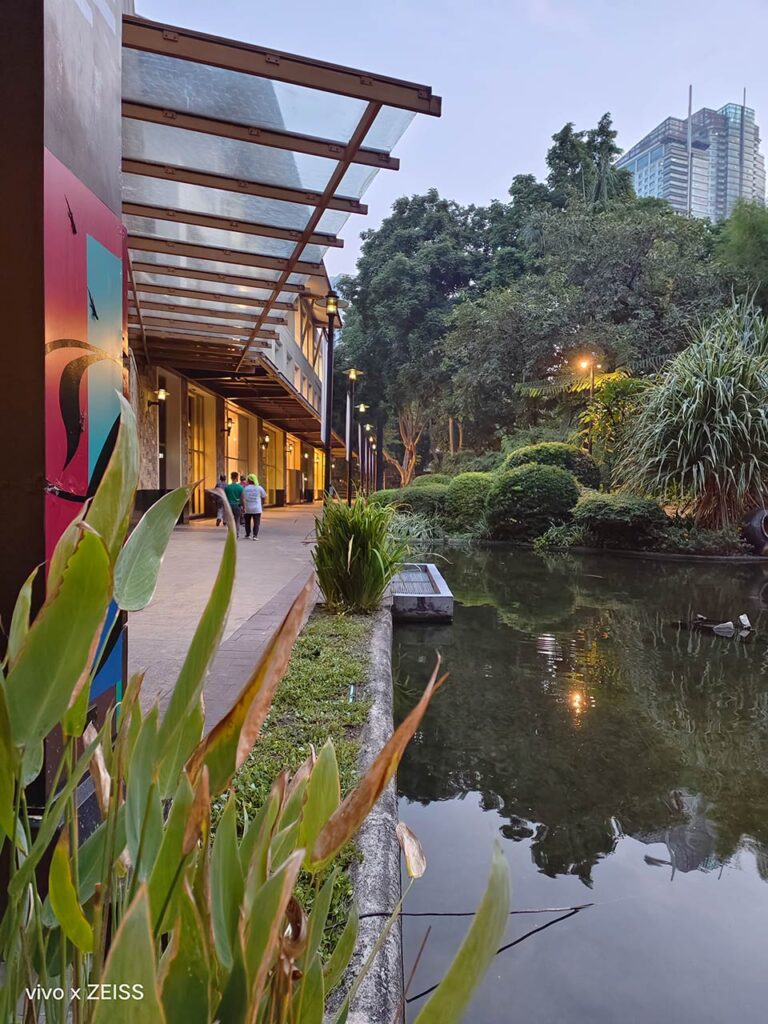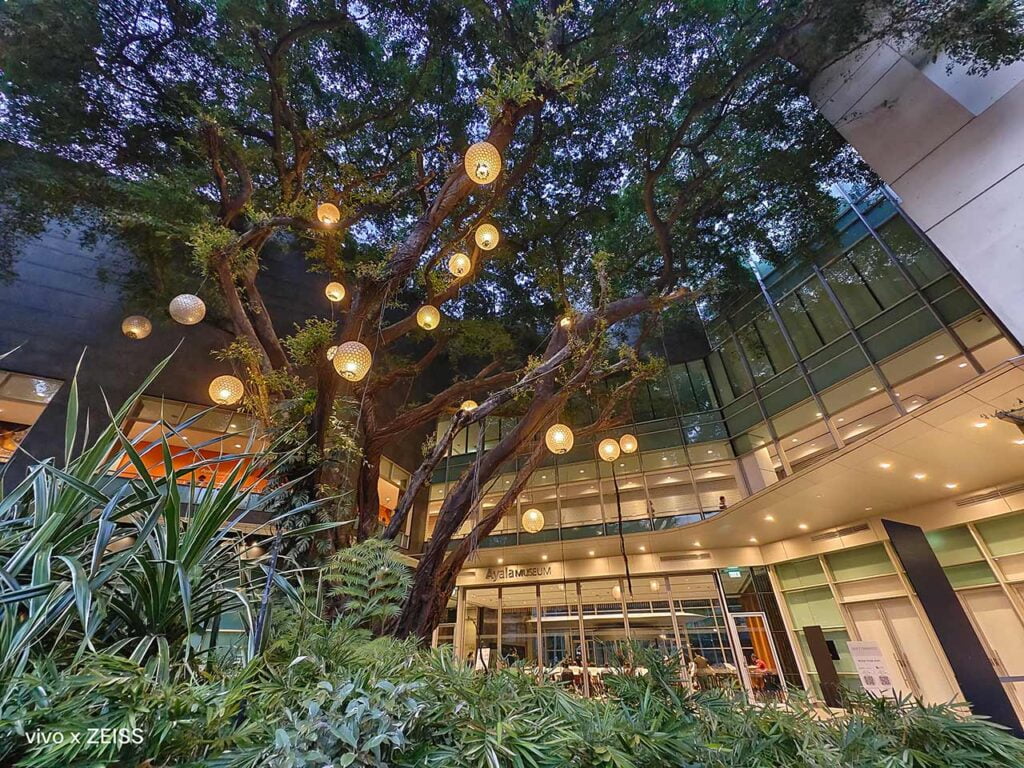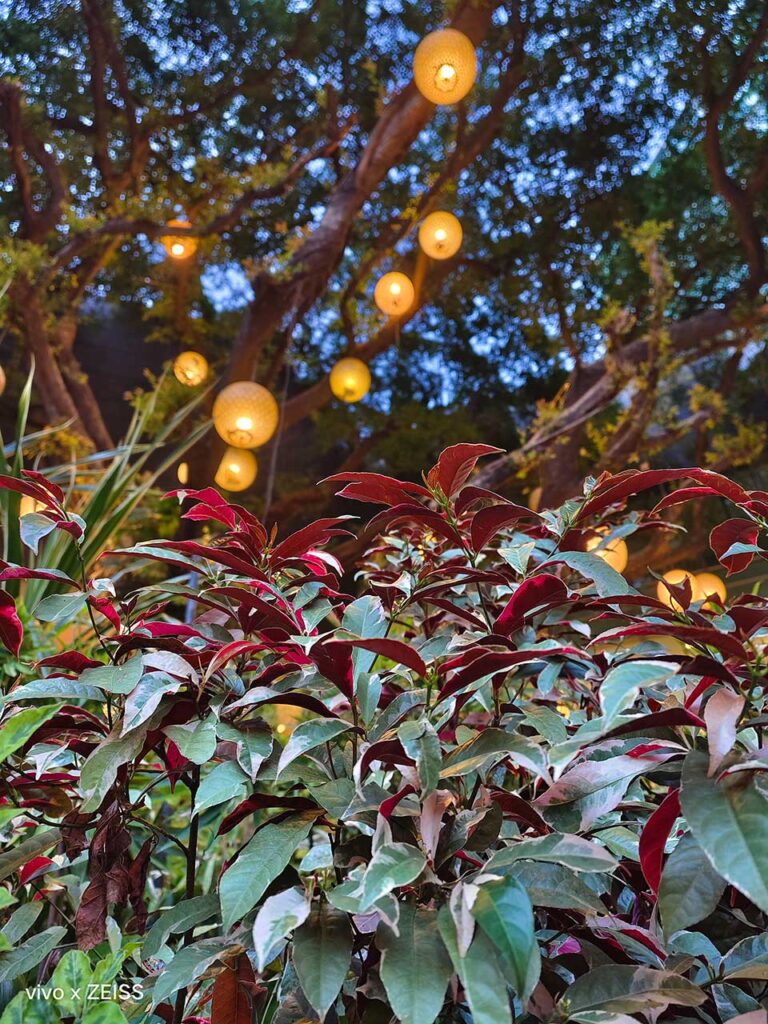With devices like the V23 5G and X70 series models, vivo has quickly emerged as one of our favorite smartphone brands when it comes to delivering a flagship-level camera experience and pushing the boundaries of smartphone imaging.
(Update, July 2: The vivo X80 Pro turns out to be the best camera phone we have used in the first half of 2022. We show why here!)
(Update, June 9: These are the respective prices and freebies of the vivo X80 and vivo X80 Pro in the Philippines!)
Last year’s vivo X70 5G was an impressive camera-focused handset that brought some of the best camera technologies available at the time, along with the usual high-end specs you’d expect from a modern flagship. It arrived with an impressive Night mode that was up to par with the best out there, as well as 5-axis image stabilization. The phone also had a sizable punch-hole AMOLED display with a fast 120Hz refresh rate, while its 4,400mAh battery supported quick charging up to 44 watts and was good enough to see you through a day at work on a single charge.
In the Philippines, the vivo X70 5G was launched back in October 2021. The lone variant released at local retail came with a 6nm MediaTek Dimensity 1200 5G chipset under the hood, coupled with 12GB RAM and 256GB of internal storage. In our review, we found the phone to be a “worthwhile contender in the high-end space,” offering powerful internals, a smooth and vibrant screen, and a stabilized camera paired with ZEISS optics.
The successor to the X70 series, the vivo X80 series, promises bigger things and even better performance compared with its predecessor, particularly on the imaging front.
Unveiled in China just last month, the vivo X80 lineup, which comprises the standard X80 and top-end X80 Pro, will focus on the camera, continuing the ZEISS partnership that we’ve seen in earlier X60 and X70 phones. The company says it has improved on its existing collaboration with the renowned German optics brand. That should translate to more detailed and clearer images and videos, especially in low light.
Fans of the series can look forward to a top-grade camera system sporting ZEISS lens with T* coating for higher light transmission and less reflections, improving overall image quality. Notably, the X80 models will adopt vivo’s new V1+ ISP. The in-house chip is said to deliver major quality and functionality improvements, including better image processing, faster computing, and lower power consumption. It’s also claimed to bring up to 16% higher brightness and 12% better white balance in low-light conditions.
The flagship vivo X80 Pro will use a powerful 50-megapixel customized Isocell GNV sensor. Custom-made for vivo smartphones, it has a 1/1.3-inch size and also features a gimbal-like OIS system that stabilizes the sensor itself rather than the lens. The X80 Pro packs a dedicated 12-megapixel Gimbal Portrait Camera, too, allowing for enhanced stability when shooting videos with the smartphone.
The vanilla vivo X80, on the other hand, is equipped with a 50-megapixel main camera that uses a Sony IMX866 image sensor, in addition to a pair of 12-megapixel cameras for ultrawide and portrait shots. The X80 will be the first phone in the industry to utilize the said Sony unit.
But enough of the technical stuff. As a testament of its imaging prowess, here are some pictures we took using the vivo X80 series.
[sciba leftsrc=”https://www.revu.com.ph/wp-content/uploads/2022/05/Vivo-X80-Pro-sample-picture-for-launch-teaser-by-Revu-Philippines-c.jpg” leftlabel=”Auto mode” rightsrc=”https://www.revu.com.ph/wp-content/uploads/2022/05/Vivo-X80-Pro-sample-picture-for-launch-teaser-by-Revu-Philippines-d.jpg” rightlabel=”Night mode” mode=”horizontal” width=””]
Auto mode vs Night mode
Selfies: Auto mode vs Portrait mode
The vivo X80 Pro and X80 will officially launch in the Philippines soon. Check back on our site for an upcoming launch article that examines the X80 series in more detail.
Share this Post


